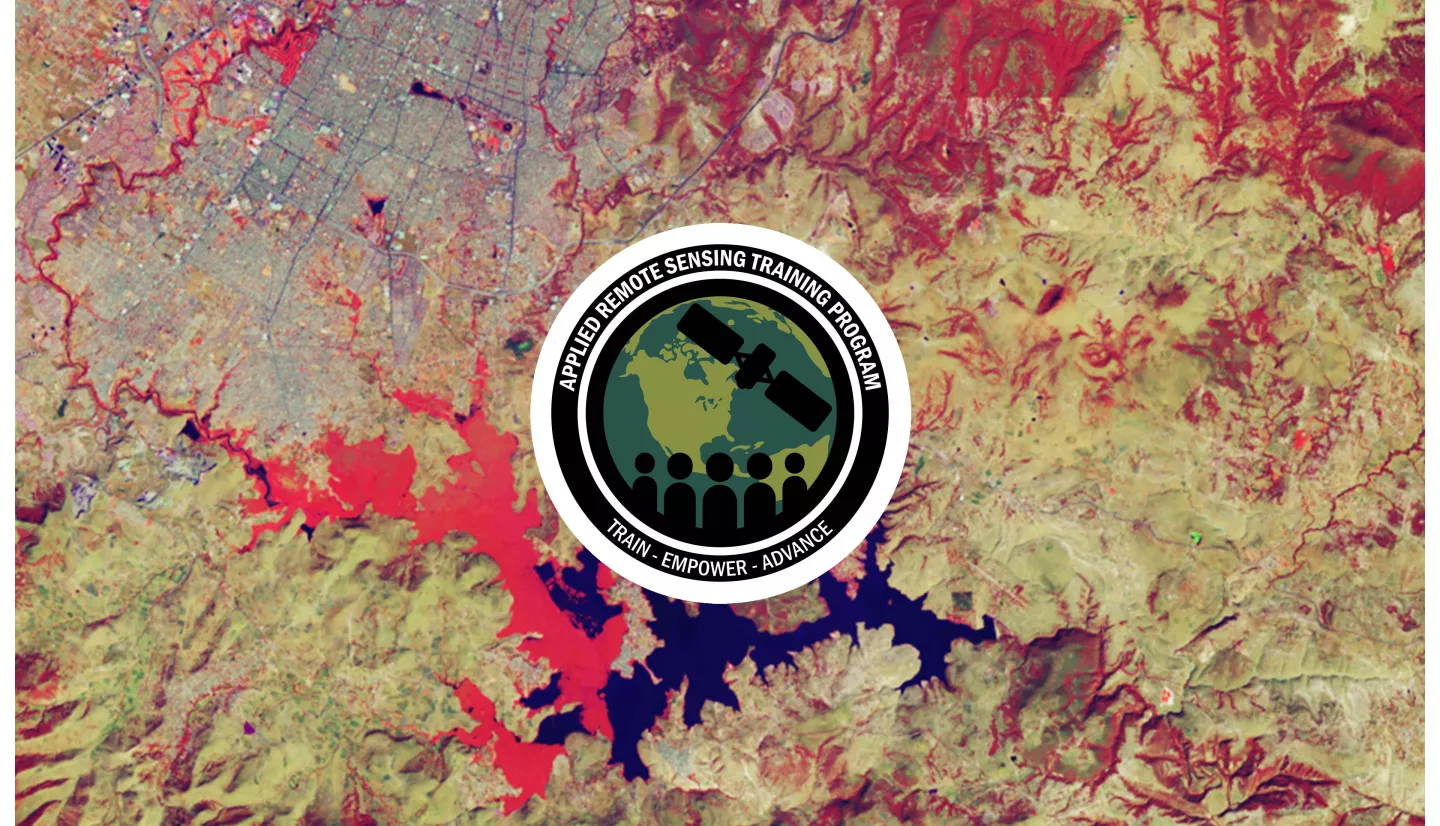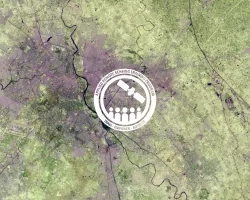Description
Invasive species costs the U.S. economy billions of dollars a year and can cause declines in ecosystem health. NASA data can be used to identify the impacts of invasive species including the extent, potential distribution, and impacts to affected ecosystems. With improvements to the temporal, spatial, and spectral resolution of data alongside cloud-based computing there are new opportunities to apply NASA data, products, and tools to landscape management.
This course will provide participants with an overview of typical NASA satellites and sensors used to map invasive plants such as Landsat, MODIS, and VIIRS, as well as innovative or upcoming data and missions such as the Global Ecosystem Dynamics Investigation (GEDI), HyMap, the Surface Biology and Geology (SBG) mission, and the Geosynchronous Littoral Imaging and Monitoring Radiometer (GLIMR). This training will highlight project-based applications of remote sensing for plant species of interest especially those affecting grasslands and aquatic inland lakes and waterbodies, and more with a lens towards innovative uses of hyperspectral data for additional invasive species detection.
By the end of this training attendees will be able to:
- Recognize the extent and impacts of invasive species on biodiversity and a changing climate.
- Identify the types of remote sensing data and products that can be used for invasive species mapping and monitoring.
- Explore key considerations, benefits and limitations of remote sensing data sets for invasive species.
- Identify where to access remote sensing data for monitoring invasive species and mapping relevant habitat and climate variables.
- Evaluate remote sensing methods used to monitor aquatic and grassland invasive plant species.
- Primary target audience: Natural resource managers (local, state, regional, international)
- Secondary target audience: technicians
- Other potential participants: academics
Three, 90 minute sessions
ARSET Trainers: Sativa Cruz, Juan L. Torres-Pérez, Justin Fain
- Recognize the extent and impacts of invasive species on biodiversity and a changing climate.
- Identify commonly used types of remote sensing data and products that can be used for invasive species mapping and monitoring.
- Identify upcoming satellite missions with application for invasive species research.
- Identify where to access commonly used remote sensing data for monitoring invasive species and mapping relevant habitat and climate variables.
- Identify key considerations, benefits and limitations of remote sensing data sets for invasive species.
- Differentiate the properties of multispectral and hyperspectral datasets for monitoring of invasive species.
- Cite remote sensing methods used in invasive species monitoring from past NASA projects and recent literature.
Materials:
ARSET Trainers: Sativa Cruz, Juan L. Torres-Pérez, Justin Fain
Guest Speakers: Erin Hestir (UC Merced)
- Describe the extent and impacts of aquatic invasive species on biodiversity, ecosystem functions, and nature’s contributions to people.
- Describe key considerations, benefits and limitations of remote sensing of invasive species.
- Identify applications of airborne data for monitoring aquatic invasive species.
- Identify relevant NASA multispectral and hyperspectral data for mapping and monitoring or invasive species.
- Compare remote sensing methods used to monitor aquatic invasive species.
Materials:
ARSET Trainers: Sativa Cruz, Juan L. Torres-Pérez, Justin Fain
Guest Instructors: Hamed Gholizadeh (Oklahoma State University)
- Identify the key challenges of monitoring invasive plants in grassland ecosystems using field-based techniques
- Compare the key benefits of remote sensing techniques for mapping invasive plants compared to field-based techniques
- Identify applications of airborne hyperspectral data for mapping invasive plants in grasslands
- Identify limitations of remote sensing for mapping invasive plants
Materials:



